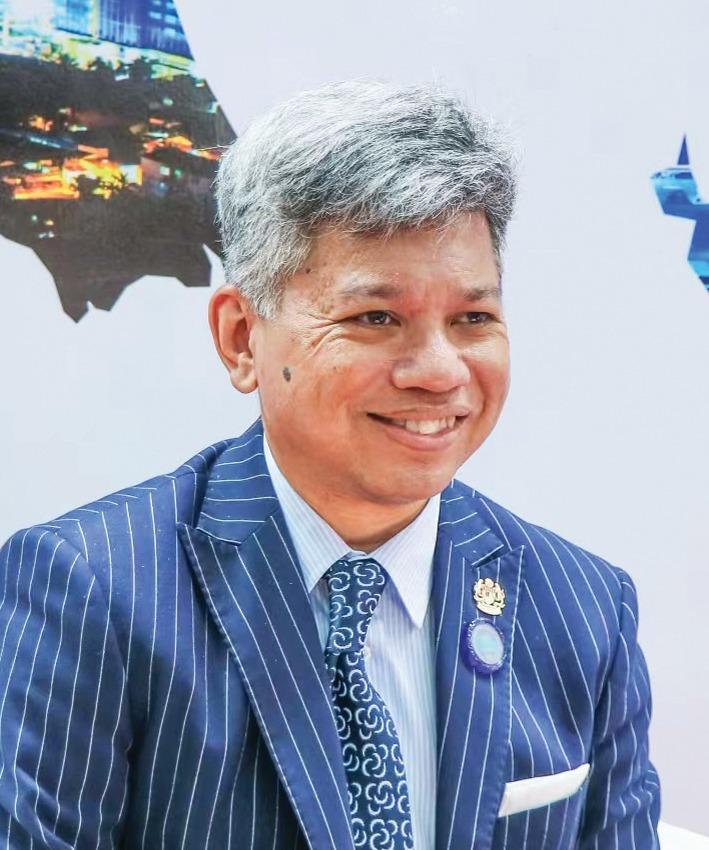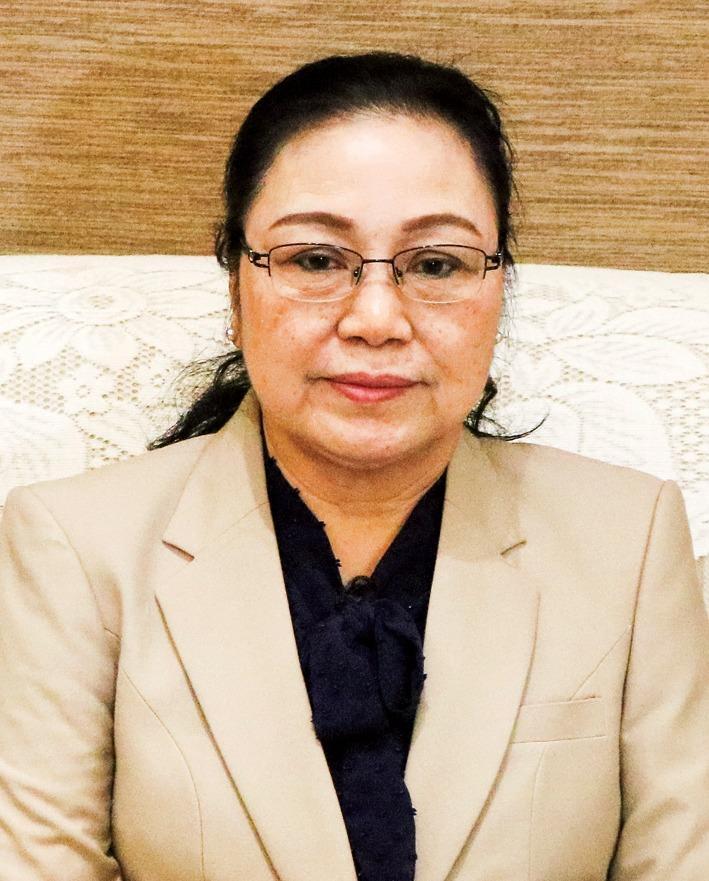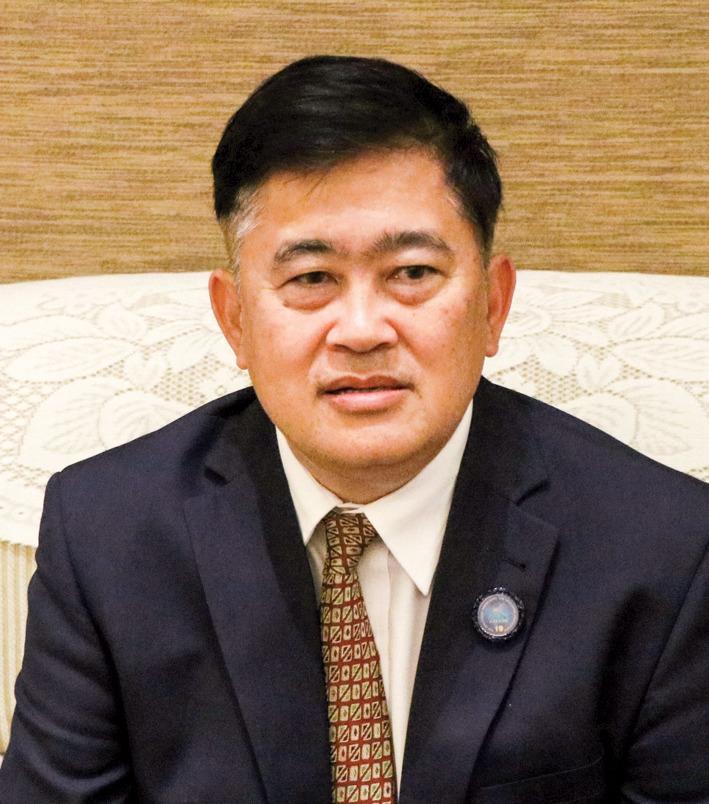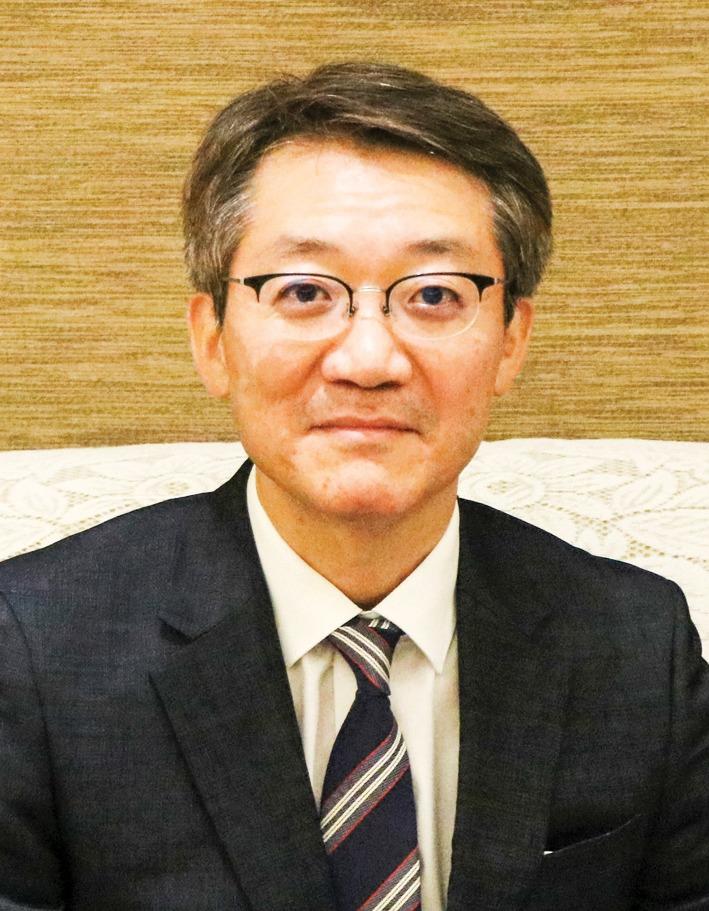Ambassadors from across the region say trade will only improve as connectivity increases
Regional ambassadors to China spoke highly of China-ASEAN cooperation at a recent expo amid hopes the two sides can further explore economic and trade opportunities with the implementation of the Regional Comprehensive Economic Partnership, or RCEP.
The 19th China-ASEAN Expo, or CAEXPO, was held from Sept 16-19 in Nanning in South China’s Guangxi Zhuang autonomous region.
With the theme Sharing the New Opportunities of the RCEP, Building A Version 3.0 China-ASEAN Free Trade Area, this year’s expo comes as the China-ASEAN comprehensive strategic partnership and the start of the RCEP are still within their first year.
 Raja Nushirwan Zainal Abidin, Malaysian ambassador to China. (PHOTO PROVIDED TO CHINA DAILY)
Raja Nushirwan Zainal Abidin, Malaysian ambassador to China. (PHOTO PROVIDED TO CHINA DAILY)
Malaysia
Malaysia is the country of honor for this year’s CAEXPO and its ambassador to China, Raja Nushirwan Zainal Abidin, said bilateral relations between Malaysia and China are “very strong”.
For example, trade between the two countries was $176.8 billion in 2021, a year-on-year increase of 34.5 percent despite the pandemic.
He also said he expects greater people-to-people connectivity in the future, which will translate into strengthened relations.
“I am very optimistic that once the border is open, we will be seeing a lot of Chinese tourists come into Malaysia,” said Raja Nushirwan, adding that the number of Chinese students registered in Malaysia has reached 28,500, compared with 18,000 prior to the pandemic.
 Djauhari Oratmangun, Indonesian ambassador to China. (PHOTO PROVIDED TO CHINA DAILY)
Djauhari Oratmangun, Indonesian ambassador to China. (PHOTO PROVIDED TO CHINA DAILY)
Indonesia
Indonesian Ambassador to China Djauhari Oratmangun said his country believes that open regionalism is important as a platform for international cooperation, especially in supporting the ASEAN-China comprehensive strategic partnership, which has so far been realized through the implementation of the ASEAN-China Free Trade Agreement.
He said China’s Belt and Road Initiative and Indonesia’s Global Maritime Fulcrum share the goal of common development and promoting regional connectivity.
Djauhari said the successful synergy between the two initiatives has linked and matched the abundant resources in Indonesia and cutting-edge technology from China.
“Under the BRI-GMF cooperation framework, investment (and) technology transfer from China have allowed Indonesia to further enhance the local manufacture … and to add more value to Indonesian export commodity,” said Djauhari.
He said this will lead Indonesia to be an important player in the global supply chain.
 Khamphao Ernthavanh, Lao ambassador to China. (PHOTO PROVIDED TO CHINA DAILY)
Khamphao Ernthavanh, Lao ambassador to China. (PHOTO PROVIDED TO CHINA DAILY)
Laos
Mutually beneficial cooperation between Laos and China has set an example for the region and beyond, said Lao Ambassador to China Khamphao Ernthavanh.
“China is the second biggest trading partner and the top source of foreign direct investment of Laos … our cooperation projects, such as the Laos-China railway, have brought tangible benefits to both countries,” said Ernthavanh, adding that China has invested a total of $16 billion in 833 projects in Laos.
Friendly cooperation between Laos and China will continue to generate win-win results, playing an important role in regional development and connectivity, prosperity and stability, she said.
 Kyaw Soe Thein, consul-general of Myanmar in Nanning. (PHOTO PROVIDED TO CHINA DAILY)
Kyaw Soe Thein, consul-general of Myanmar in Nanning. (PHOTO PROVIDED TO CHINA DAILY)
Myanmar
“ASEAN-China bilateral comprehensive strategic partnership will show active roles for both China and ASEAN for reshaping and enhancing the economic cooperation in the region,” said Kyaw Soe Thein, consul-general of Myanmar in Nanning.
Kyaw Soe Thein said the concept of open regionalism will effectively facilitate this partnership and building the version 3.0 of the ASEAN-China FTA, and China’s opening up to ASEAN countries has contributed to both sides for regional development, especially through economic cooperation under the RCEP.
He also said the two sides should strengthen their cooperation, reaffirm China’s support for ASEAN’s centrality, endeavor to enhance the friendly relations and deepen mutual trust to build a closer ASEAN-China community with a shared future through fostering an open regionalism.
 Arthayudh Srisamoot, Thailand’s ambassador to China. (PHOTO PROVIDED TO CHINA DAILY)
Arthayudh Srisamoot, Thailand’s ambassador to China. (PHOTO PROVIDED TO CHINA DAILY)
Thailand
Thailand’s Ambassador to China Arthayudh Srisamoot said the foundation of RCEP lies in the ASEAN-China Free Trade Agreement, or FTA, because the latter is the most substantive and comprehensive FTA among the various ones that ASEAN had with other countries.
“The trade between ASEAN and China is very substantive,” said Arthayudh, noting ASEAN has been China’s largest trading partner since 2020 and China is also the top trading partner of ASEAN.
Arthayudh said he hopes the China-Thailand high speed railway can be completed soon as many people are very eager to get on the railway, which will link Thailand, Laos and China. “They even fly to Laos … just to experience the high-speed rail,” he said.
 Han Jae-heuk, consul-general of South Korea in Guangzhou. (PHOTO PROVIDED TO CHINA DAILY)
Han Jae-heuk, consul-general of South Korea in Guangzhou. (PHOTO PROVIDED TO CHINA DAILY)
Republic of Korea
Han Jae-heuk, consul-general of the Republic of Korea, or South Korea, in Guangzhou, said the cooperation with China and ASEAN is of great importance to his nation.
This year marks the 30th anniversary of China-South Korea diplomatic ties and the country was invited as a special cooperation partner to the 19th CAEXPO.
“China is the biggest trading partner of South Korea, followed by ASEAN,” said Han, noting China and ASEAN are also the two biggest investment destinations of South Korea’s manufacturing industry.
Han said that South Korea-China relations have made significant achievements over the past three decades, with bilateral trade growing by some 60 times over the period to reach $360 billion last year, from $6 billion in 1992.


